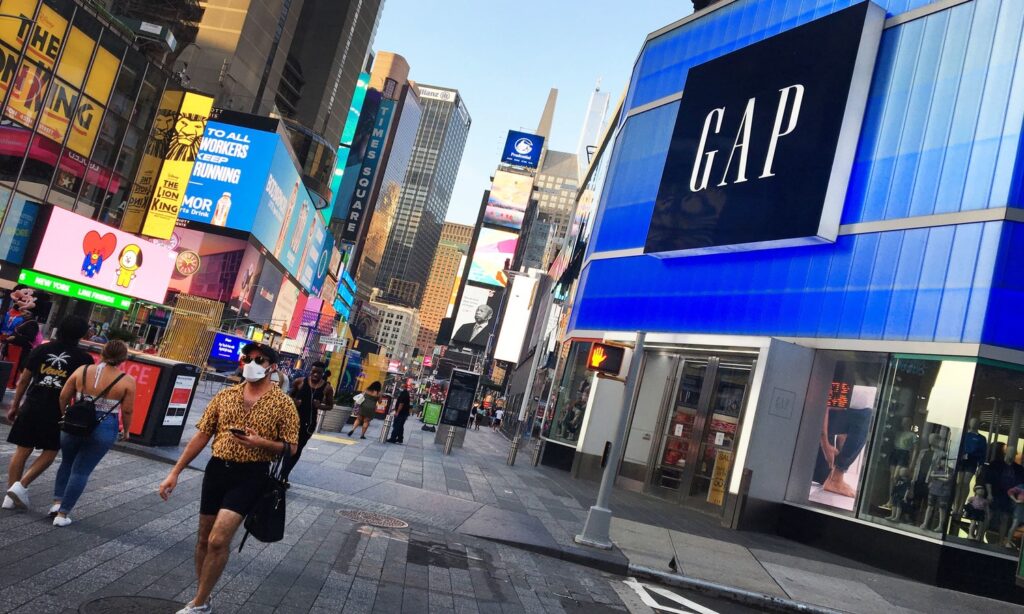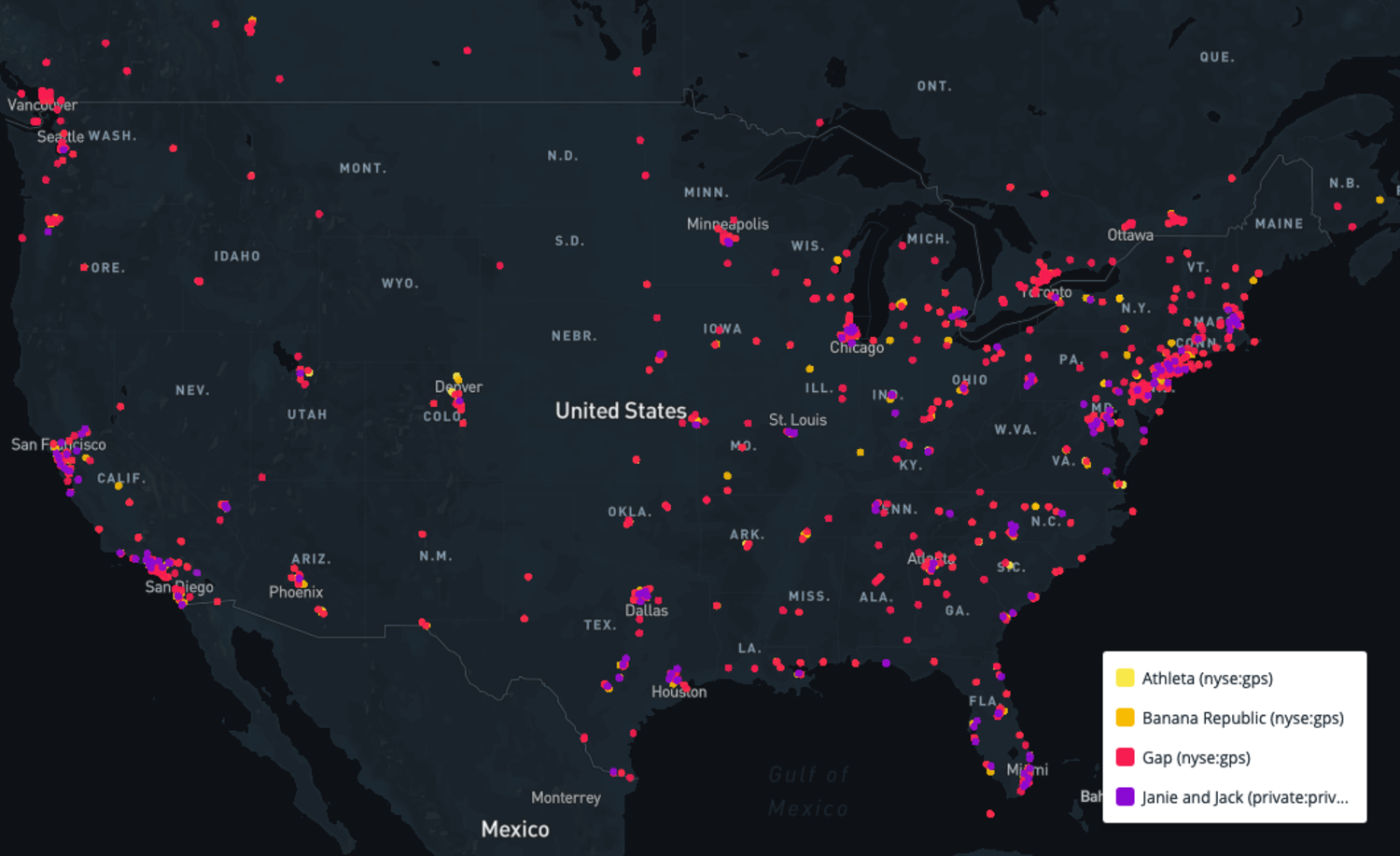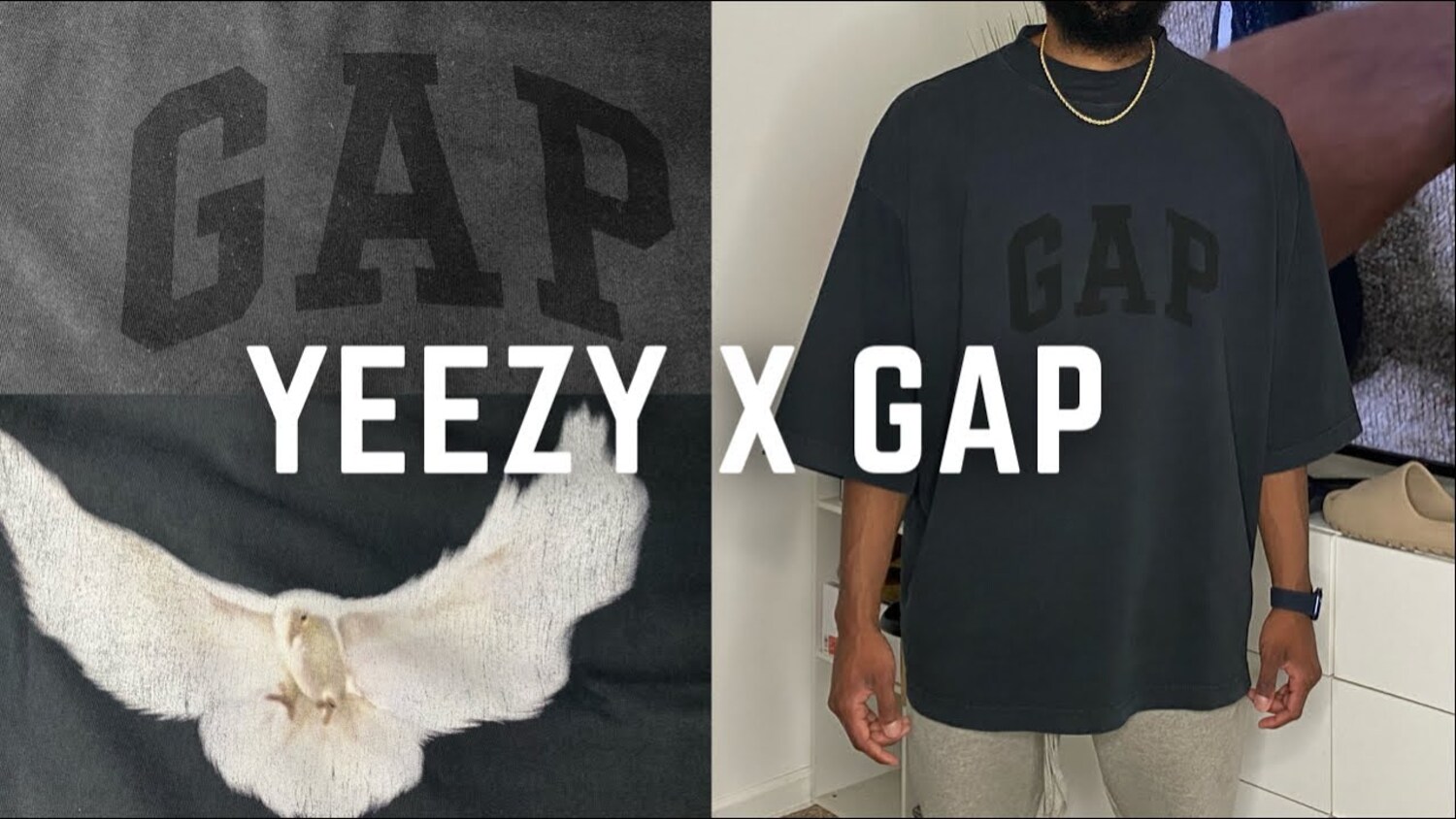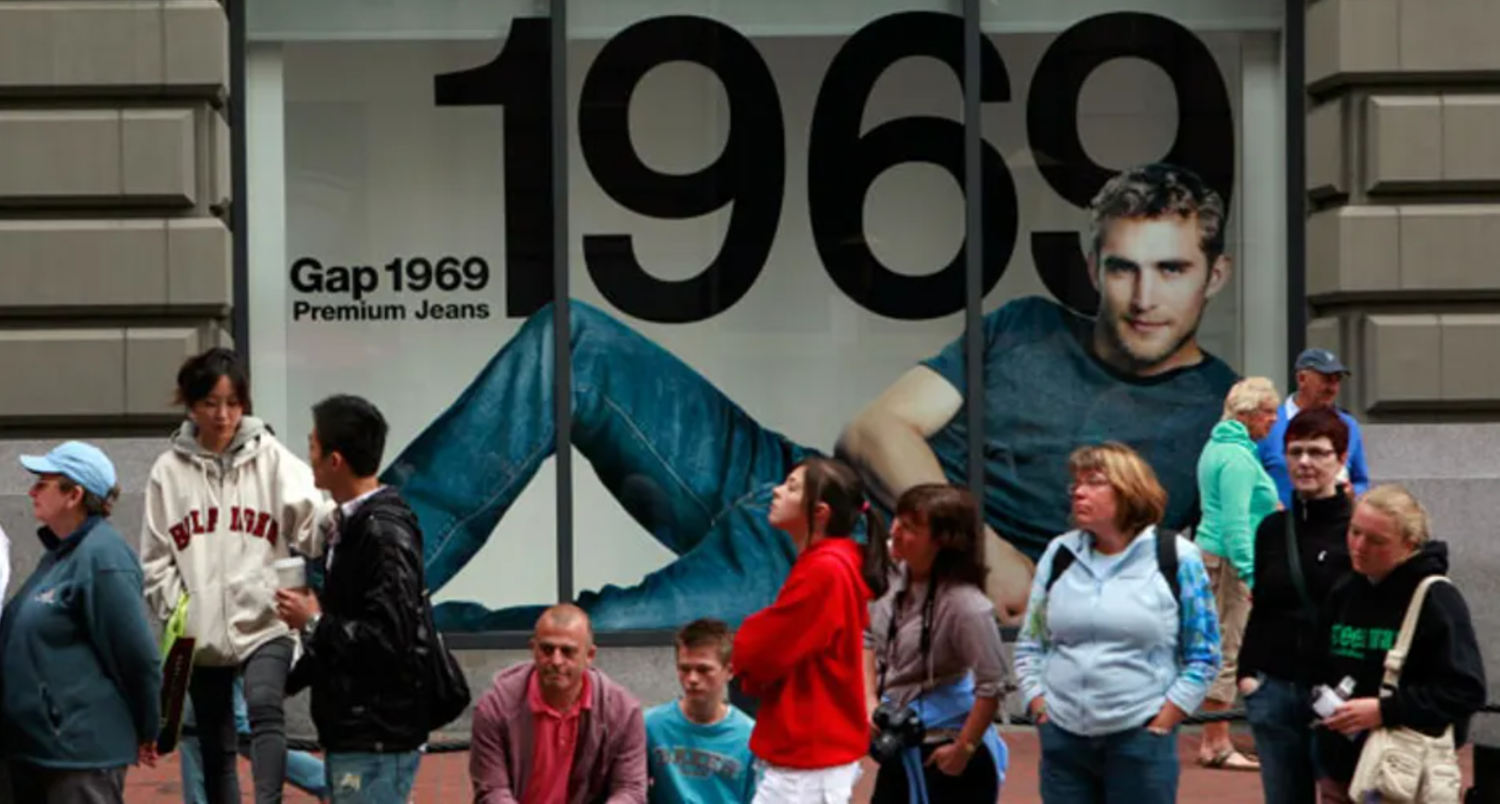The marketing approach used by GAP, an international retail company based in America, is well-known. This article about the SWOT analysis of GAP will teach us about its numerous challenges and progress to this point.
The GAP SWOT analysis depends on brands. The GAP brand’s SWOT analysis assesses its opportunities, weaknesses, threats, and strengths. Whereas threats and opportunities can be traced to external forces, strengths and weaknesses could be explained by internal ones.
Learn more about the SWOT analysis of GAP by reading on.
Read also: What are the Alternatives to a SWOT Analysis?
SWOT Analysis of GAP: Everything to Know
Here is the GAP SWOT analysis.
Strengths
Here are the strengths of the SWOT analysis of GAP.
Brand awareness
Globally, GAP has become associated with informal, traditional American clothing. GAP has retail shop locations in over forty nations, has a net worth of $15.6 billion, and is known for its distinctive logo and high-quality clothes.
You can find GAP retail outlets from New York City to Tokyo, which draw shoppers with classic fashion and all-around charm.
See also: Full Comprehensive Analysis of Under Armour: SWOT Analysis and Key Insights
Various Portfolio
The GAP Inc. SWOT analysis portfolio includes names like Intermix, Gap Global, Old Navy, Athleta, and Banana Republic. The business has stuff for everybody with brands like Old Navy, reasonably priced and stylish, and Banana Republic, posh and expensive. As a result, it has helped GAP attract various clients and maintain its relevance in the rapidly evolving fashion industry.
Outstanding handling of supply chains
Gap uses superior supply chain administration to ensure smooth service and quick delivery of goods while serving countless customers. They built an optimized inventory control system using successful supply chain management tactics and cutting-edge forecasting tools, and real-time information analysis facilitates speedy choices.
Sustainable Behaviour
Each sector worldwide attempts to do its bit to promote environmentally friendly practices. The GAP continues to do so by supporting the preservation of water, utilizing natural cotton, and utilizing recycled fabric.
In addition to having an advantageous effect on the environment, it has assisted the organization in establishing and keeping an excellent record between stakeholders.
Check this out: The ASDA SWOT Analysis in 2024
Weaknesses
Here are the weaknesses of the SWOT analysis of GAP.
Smaller existence
Only 43 nations, as previously indicated, have Gap offline shops and existences. Because of this, the company has fewer branches in developing countries than some of its rivals, missing out on growth possibilities and losing market share in areas with rising customer numbers and spending ability.
High Running Costs
The business’s running costs have increased lately due to several factors. According to statistics from recent years, the net operating cost has increased significantly, which has hurt the business’s financial condition as a whole. The organization needs help maintaining a constant supply of cash as an outcome.
Reduced Profitability
The company’s profitability has suffered due to growing prices, supply chain issues, and rivalry from internet stores. Gap recorded a net revenue loss of $202M in the most recent year, 2022, which resulted in various delayed revenue streams and numerous operational challenges for the company.
Opportunities
Here are opportunities for SWOT analysis of GAP.
Market enlargement
The market development prospect for Gap is enormous, with room for expansion in underserved areas and developing countries. Additionally, there are many circumstances where entering nations like China and India, wherein the lower income class is increasing and has greater buying power, might help the company find fresh markets.
See also: Lazada Marketing Strategy: Everything to Know About Success
E-commerce that works
Gap has the chance to harness the strength of e-commerce in the current digital era, creating new opportunities for business expansion and consumer interaction.
Gap has claimed a 41% growth in online revenue over the previous three years thanks to its excellent internet presence, which has helped the company access more consumers and improve sales.
See also: E-Commerce vs Digital Marketing: Understanding the Distinctions
Broadening Integration
By utilizing its reputation and skills, the company can enter new markets. They must also take advantage of each brand’s particular advantages and target markets to expand their audience’s reach and boost sales, consumer engagement, and market placement.
Strategic Collaborations & Partnerships
Companies remain strong and grow by identifying the best distribution methods. One notable instance is its partnership with Kanye West’s premium label Yeezy, which intends to fuse the rapper’s innovative ideas with its sales know-how and enable Gap to reach new audiences and attract more customers.
Read Also: Uniqlo SWOT Analysis: Premium Clothing from Japan
Threats
Here are the threats of the SWOT analysis of GAP.
Growing GAP competition
As the retail industry changes, the GAP faces more rivalry between traditional and digital stores. GAP competitors like Zara and H&M provide fashionable clothing at competitive prices, and Amazon rules online shopping, depriving Gap of consumers and earnings.
Lawsuits
Over the last couple of decades, the corporation has had many legal difficulties. In 2020, a case was brought up against GAP and its affiliate, Old Navy, claiming racist bias in their hiring procedures. The mother business was also accused of using child labor a few years ago.
Dispute-provoking Ads
The brand has had numerous problems due to its contentious advertisements, beginning with the “For Every Generation” promotion featuring various celebrities. Following that, a vacation advertisement that was claimed to be endorsing child labor caused a stir.
Supply Chain Breakdowns
GAP has recently experienced severe upheavals in the fashion business. The COVID-19 epidemic disrupted the world’s production and delivery systems, leading to interruptions, closings of factories, and logistical activities being suspended.
Despite that, the previous two years have been challenging due to ongoing problems and financial losses due to interruptions in the supply chain.
Read also: L’Oréal SWOT Analysis: Beauty Brand’s Strategy Breakdown
GAP’s Primary Customers
The population of potential buyers to those a company wishes to market its goods and services is known as a primary customer. Although the company’s title alludes to the age difference between 18 and 28, and its original target group is younger people, its customer base extends from young children to seniors.
Individuals of every generation can enjoy GAP’s style. Each of the business’s brands has a particular audience in mind. The Old Navy clothing brand’s target audience is lower to middle-class customers.
The Banana Republic caters to those around the ages of 25 and 35. It aims to appeal to those who value elegance and flair. The essential tenet of maintaining the brand name GAP is to draw in the intended consumer with its distinctiveness.
Its moniker alludes to “the generation gap” to draw in young people, kids, and grown-ups by making slightly modified versions of the same pair of denim for each group.
Visit: Gap
Read also: SWOT Analysis For a Clothing Business: Should You Start It?
FAQs
Is GAP the top retail clothing brand in the entire globe?
We have concluded that GAP is the top retail clothing brand globally after carefully examining the SWOT analysis of the business.
How many people work for GAP?
Yet, to run around the world, the corporation has 97,000 people.
What is the future retail SWOT analysis?
It offers anything from food and other necessities to clothing, gadgets, games, and beauty and wellness items. A business can assess what it is good at to establish an effective long-term strategy using a simple SWOT Analysis of Future Retail.
Is Gap an international business?
Yes, Gap is an international business.
Conclusion
We hope that this post about the SWOT analysis of GAP is helpful. The GAP has made a name for itself as a renowned American brand with a lengthy background in the retail sector. Despite encountering obstacles and setbacks, the business keeps growing and responding to increasing cooperation, channels, online shopping, and shifting consumer tastes.
GAP can prosper in the constantly changing fashion industry by embracing digital change, prioritizing environmental sustainability, encouraging partnerships, interacting with community members, and streamlining its supply chain.
Check this out: Gucci’s Marketing Strategy: How Did it Win Fashion?






